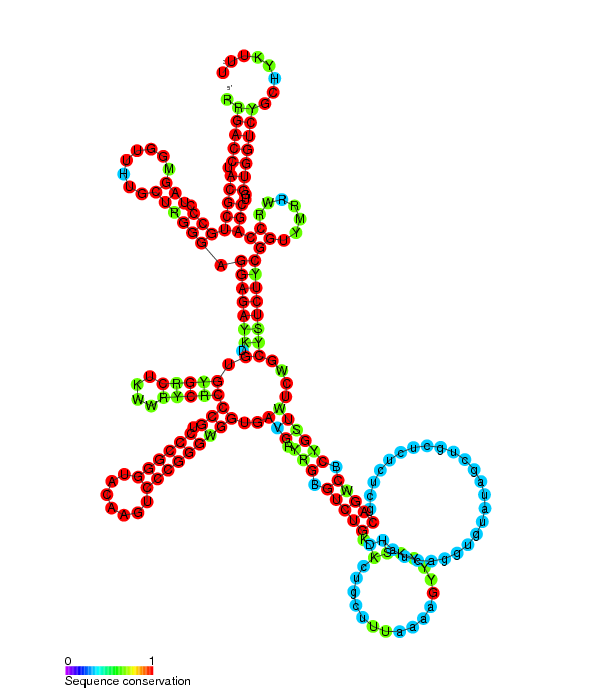Author: Sean Krivitsky, Class of 2026
To the astonishment of many, nearly 99% of the human genome consists of non-coding regions that are not transcribed into mRNAs for protein synthesis. However, some of those non-coding regions of DNA can be transcribed into various types of non-coding (nc) RNAs, including long ncRNAs. Until recently, the scientific community believed these ncRNA products to be functionally irrelevant, playing no significant role in cellular functioning, with few long ncRNAs properly investigated. However, recent research has unveiled the crucial roles played by some of these ncRNAs, particularly long ncRNAs, in a diversity of cellular processes. Namely, recent groundbreaking research led by Dr. Zhen-Hua Wu of the Fudan University Shanghai Cancer Center uncovered a mechanism by which a particular long ncRNA supports gastric cancer progression and metastasis.
Through a series of cell-based and in vivo mouse model-based assays, the research group was able to identify a specific long ncRNA, named SNHG26, that is upregulated in gastric cancer. The mechanism by which it facilitates progression and metastasis in gastric cancer, however, is through its binding to a specific transcription factor, which regulates gene expression, with strong oncogenic implications in several forms of cancer. The oncoprotein whose expression is increased by SNHG26 binding contributes to energy metabolism through the glycolysis pathway, thereby providing the additional energy necessary for the abnormal proliferation of cancer cells. This process, driven by SNHG26 upregulation, creates a positive feedback loop that fuels gastric cancer tumor progression and metastasis.
The recognition of SNHG26 as a crucial regulator in the mechanism driving gastric cancer progression and metastasis also highlights its potential as a therapeutic target. By using a combination of treatment translation and metabolic inhibitors, which effectively reverse the impact of SNHG26 upregulation, the positive feedback mechanism important for these forms of cancer growth and mobility was discovered to be inhibited. Ultimately, this exciting scientific research led by these Fudan University researchers begins to pull back the curtain on the mysterious world of long ncRNAs and explores novel therapeutic approaches to gastric cancer.

Figure 1. Sample structure of a long ncRNA called EBER1.
Works Cited
[1] Wu, Z.-H., Wang, Y.-X., Song, J.-J., Zhao, L.-Q., Zhai, Y.-J., Liu, Y.-F., & Guo, W.-J. (2024). LncRNA SNHG26 promotes gastric cancer progression and metastasis by inducing c-myc protein translation and an energy metabolism positive feedback loop. Cell Death & Disease, 15(3). https://doi.org/10.1038/s41419-024-06607-8
[2] Image retrieved from: https://commons.wikimedia.org/wiki/File:EBER_SScons.png

